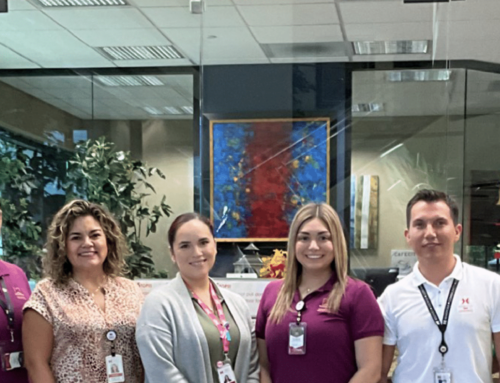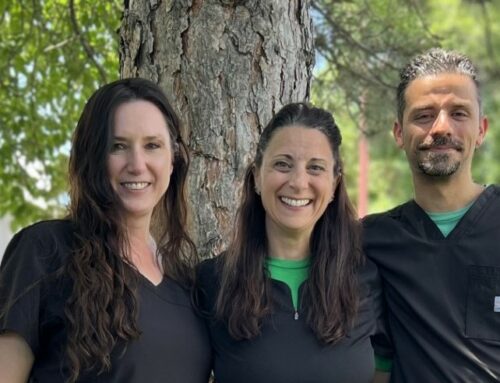Community Health Associates Closing Gaps in Care and Improving Utilization
Published on August 9, 2018

Community Health Associates (CHA) wasn’t surprised with how quickly it was able to use Contexture Alerts, but CHA was surprised at how often an Alert indicated an emergency department (ED) admission for one of its high-needs patients, according to Jessica Gleeson, Population Health Administrator for CHA. “We were surprised at the volume of ED use by these patients, and we recognized that we needed to take steps to assure more appropriate ED utilization,” Gleeson said.
With over 4,500 patients, CHA works with a variety of populations including children, adults, serious mental illness (SMI) patients, court order treatment (COT) patients and those recently enrolled in the Targeted Investments Program of AHCCCS. Within its nine Arizona locations, CHA offers a plethora of services such as psychiatric health, recovery support, integrated physical health and individual and family services. Four of those locations are integrated clinics where primary care and behavioral health services are under one roof.
Almost one year ago, CHA started receiving Alerts for their SMI and COT populations plus other high-needs and high-cost patients. Though the Alerts were beneficial, CHA quickly became overwhelmed with the sheer volume of daily Alerts. CHA worked with its Contexture Account Manager to streamline the process, and now it receives batch Alerts twice daily, broken down into the southeast and southwest regions. These Alerts are then forwarded to the appropriate care coordinators in each region. This information has allowed CHA to identify patients who are shopping around for opioids and allows the healthcare providers to intervene more quickly and address the root causes for ED use.
Recently, CHA began a concentrated pilot where it identified five patients who had visited the ED more than four times in the past six months. The CHA team reached out to work with these high users to help them understand the appropriate places to seek care. One of these patients who had been making three ED visits per month has not been seen in an ED for over two months now, according to Gleeson.
“The connection to the Contexture HIE has shown a big improvement on patient care. Being able to see exactly what is going on in the ED is huge. We’re learning how we can close gaps in care and improve utilization,” Gleeson said. “We’re able identify the frequent users and then develop strategies to intervene, so they are using the ED more appropriately.”
The connection to the Contexture HIE has shown a big improvement on patient care. Being able to see exactly what is going on in the ED is huge. We're learning how we can close gaps in care and improve utilization. We're able identify the frequent users and then develop strategies to intervene, so they are using the ED more appropriately.
- Jessica Gleeson, Population Health Administrator for CHA





